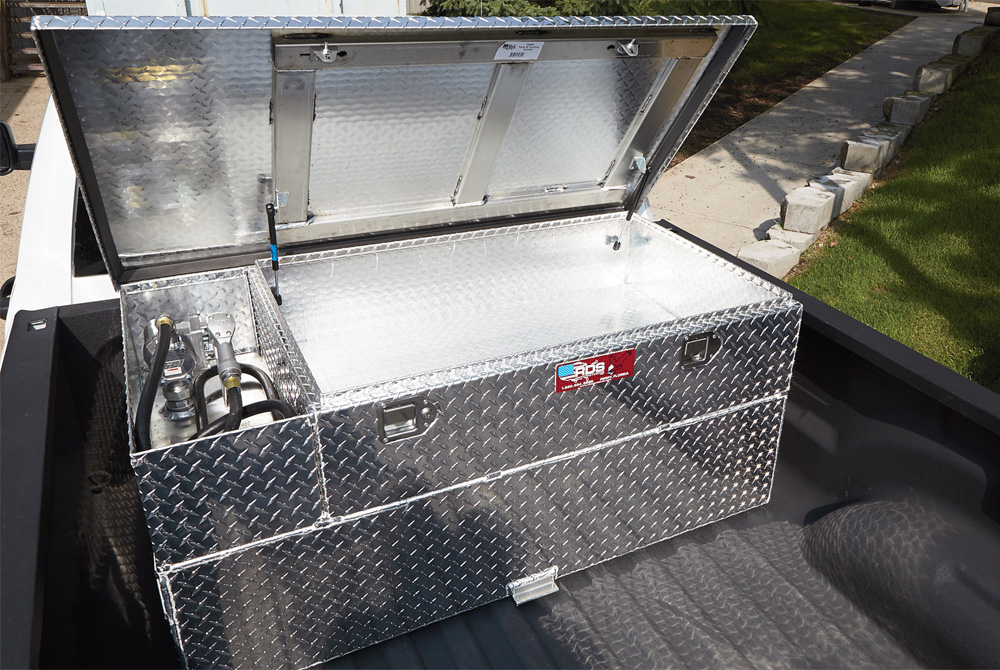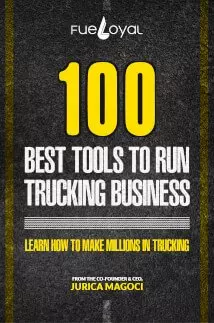When working in the transportation or trucking industry, a quality transfer tank is more than just a luxury. It is a beneficial must have, much like so many other pieces equipment and gadgets such as a GPS, tracking systems, and good communications (truck radio, cell phone, etc.).
Fuel is a major consideration, it is literally the difference between getting to your destination and getting stuck in the middle of nowhere with a dry tank. In this industry a transfer tank is essential.
With everything else to manage, worrying about fuel should not be one of them. Well, actually it is a major issue, but considerations like cost of fuel per gallon, should be your concern not running out. This is the key reason so many trucks have a transfer tank.

Trucks from small, to medium duty trucks, to large (private and commercial) can have a tank designed especially for their specific needs. They come in so many varieties you might have a hard time deciding the best configuration for your particular need. You can find a transfer tank direct from the factory or you can find one from an aftermarket supplier.





